Engineering the climate
6 June 2012
Imagine putting a giant mirror into space to reflect sunlight away from the Earth. It may sound like something out of a science fiction film, but this is one option that some scientists, called geoengineers, have actually been considering. Warming of the climate system happens when greenhouse gases, like carbon dioxide and methane, are released into the atmosphere and trap heat from the Sun, making the Earth and its atmosphere hotter. The release of too many of these greenhouse gases into the atmosphere, by cars, factories, and other human activities, has meant that the Earth is rapidly warming. This has negative impacts for life on our planet. To prevent them, some geoengineers think that, if we can reduce the amount of sunlight reaching the Earth in the first place, then we can help to lower the amount of warming. A team of European researchers recently looked at what reducing sunlight reaching the Earth might do. They found that reducing the amount of sunlight would also reduce the amount of rain that falls in the north of Europe, America, and Asia by a large amount: 15%, or about 100 millimetres of rain per year! That might sound good to those of us who don’t like getting wet, but it could have a huge impact on the farmers who rely on the rain to grow vegetables and crops that we need to survive. It is important to remember that there are no easy solutions to global warming, and that the climate is a very complicated system, which can be damaged by attempts to force it to change. This form of geoengineering is not yet happening, meaning less future rainfall is only a prediction and not something that will definitely happen. But this research is still very useful in helping scientists and governments make sensible decisions about how best to manage global warming.Find out more
Why does less sunlight mean less rain?
The process of liquid water turning into a gas, which happens more often when it’s warmer, is called evaporation. When the water evaporates it rises into the atmosphere to form clouds. When these clouds become too full of water (oversaturated), they release the water as rain or snow (depending on the temperature). This means that when there is less heat reaching the Earth’s surface (like in the geoengineers’ prediction), there is less chance for water to evaporate to form clouds, leading to less rain.
What is climate geoengineering?
Geoengineering refers to deliberate large-scale changes to the Earth’s environment to tackle global climate change. Climate change is caused by human’s industrial processes that pump large amounts of carbon dioxide in to the atmosphere causing warming of the planet. Geoengineers can change the planet’s environment in two ways: they can remove carbon dioxide out of the atmosphere and store it elsewhere; or they can try to reflect sunlight away from the planet to reduce the heating. At the moment scientists don’t know enough to put all of these ideas into practice: some ways to remove carbon dioxide removal are too slow, and reflecting sunlight may have bad side effects. Therefore, researchers still need to study geoengineering a lot more to understand how it will change our planet.
Print version
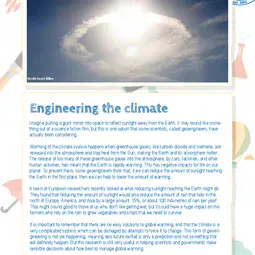
This is a kids' version of the EGU article: 'Engineering the climate'. It was written by Jane Robb and reviewed for scientific content by Sam Illingworth and Timothy Lane and for educational content by Sally Dengg.
Translations
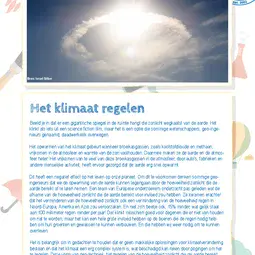
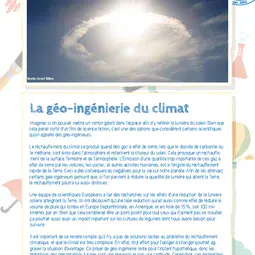
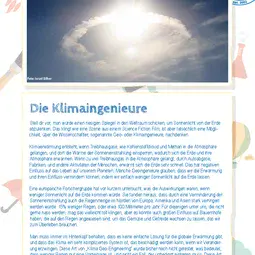

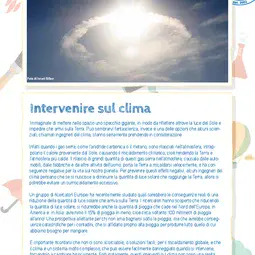

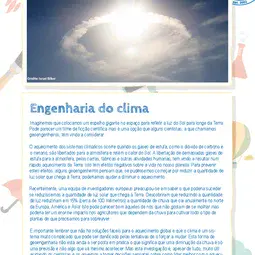
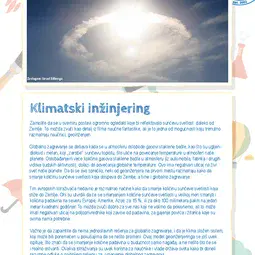
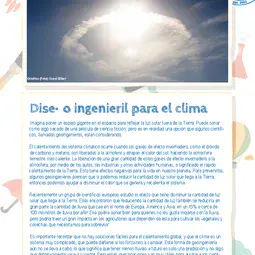
All English-language Planet Press releases are carefully edited, reviewed and proofed, by scientists, educators and EGU staff. Please note that once translated, Planet Press releases receive no further checks from EGU staff. For this reason, we cannot guarantee their accuracy, though we trust the quality of our voluntary translators and are grateful for their work.

